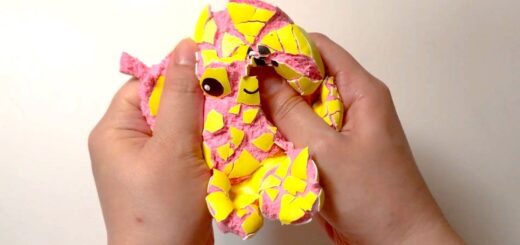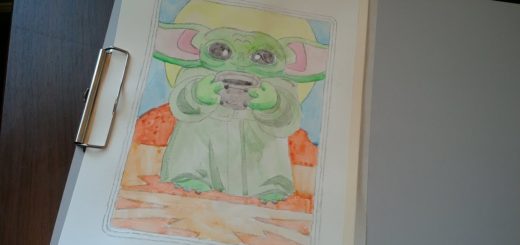Inside the strange, wobbly jelly revival
[ad_1]
Jelly is undergoing a quiet, wobbly renaissance. Facebook groups such as “Show Me Your Aspics” have drawn tens of thousands of members, and on TikTok views of videos with the hashtag #jelly are well into the billions.
It is a much-maligned foodstuff, associated with the culinary horrors of the 1950s, and often perceived as overly processed, textureless and made for times in our lives when the joys of tooth-based mastication are not yet or no longer available to us: children’s food, hospital food.
But this feeling is culturally specific. Certain cuisines, particularly in East Asia, have long histories of highly sophisticated jellied food, which have found growing popularity in the west in recent years: mochis, bubble teas, raindrop cake. The intricate use of agar in Japanese cuisine, for instance, positions jelly not as the absence of texture, but a certain delicacy of texture.
Europe has lagged way behind in its sensitivity to such things. Studies by food scientists have found that Japanese has around 406 terms in day-to-day usage that describe the “mouthfeel” of food, compared to 105 in Austrian and just 76 in English.
European culinary traditions are simply less equipped for describing textures, which has led to confusion in our sensual understanding of food. Ole Mouritsen, who’s been working in this field for nearly 40 years, says people often describe creaminess as a flavour, when it’s a rheological property – a function of the way a substance flows and deforms. Indeed, when people think they’re savouring the taste of a crisp, what they’re actually enjoying is the quality of the sound rippling up their jawbone. A silent crisp is revolting, regardless of flavour. Freshness is often a sonic experience.
There are signs that these cultural perceptions of texture are changing. The online jelly craze is closely tied to the rise of ASMR, where global communities have formed around the therapeutic effects of sonic textures. It is thought that people have always experienced ASMR, but only now is it finding articulation. For the jelly practitioners, comparing “jiggles” is a key socialising moment, akin, perhaps, to home bakers analysing their “crumb” in the sourdough craze that swept the nation during Covid.
The big food companies are cottoning on to this. Ingredient giant Cargill is investing heavily in textural innovations in both Asian and European markets, particularly starch-based products that bring “texture to the fore”. Innova Market Insights listed “Tapping into Texture” as one of its top food trends for 2020. In its research, millennials were more likely to cite mouthfeel as an influence in their food choices, while Boomers were less excited by the quivering textures created by ingredients such as xanthan gum or carrageenan.
In the UK, food design studio Bompas & Parr has been at the forefront of jelly innovation for 15 years. In 2007, Sam Bompas and Harry Parr started selling artisanal jellies at London’s Borough Market, and from these humble beginnings built an events company of outlandish wonder. Their jellies became a launch pad to seemingly impossible feats: fruit scented pyrotechnics, lava-grilled steaks, gherkin chandeliers, breathable clouds of gin and tonic. With the events industry decimated by the pandemic, they’ve returned to their roots, and have launched Benham & Froud, a spin-off company that will deliver the self-proclaimed “Gucci of Jellies” to your front door.
There is an elephant in the room, however. Jelly is a by-product of industrial meat production, arguably one of the least sustainable industries on the planet. Bompas talks about the gruesome process of extracting the gelatine, by repeatedly washing animal remains in acid, as if he’s distilling a fine whisky. He uses only the first extractions, when the jelly is pure, floral in aroma and completely transparent. The gluten bonds are stronger, giving the jelly good wobble and that all-important melt in the mouth consistency. “Society’s future is most likely meatless, and for good reason,” Bompas says. “But that doesn’t mean that while we are eating meat, we shouldn’t enjoy and celebrate every single part of the animal. This is exactly what gelatine does.”
[ad_2]
Source by [author_name]














